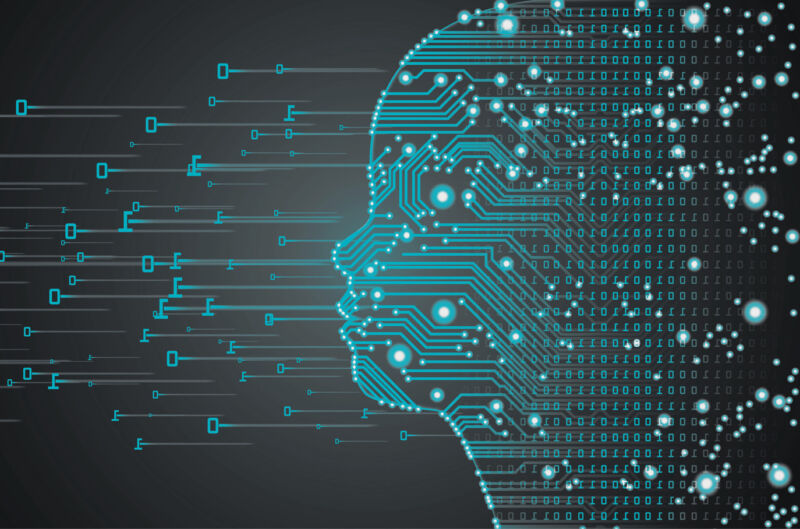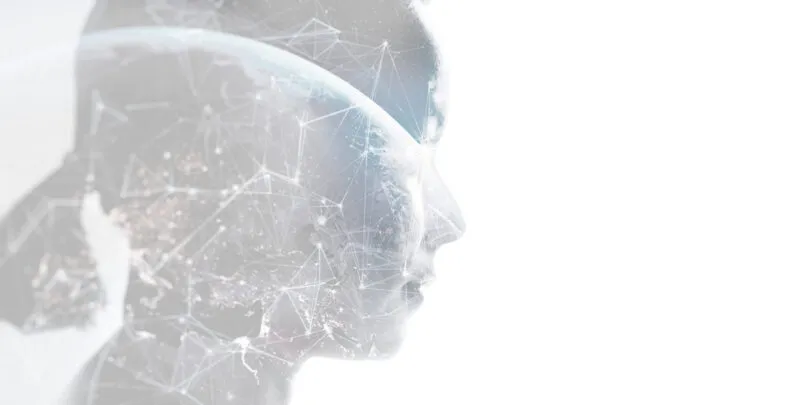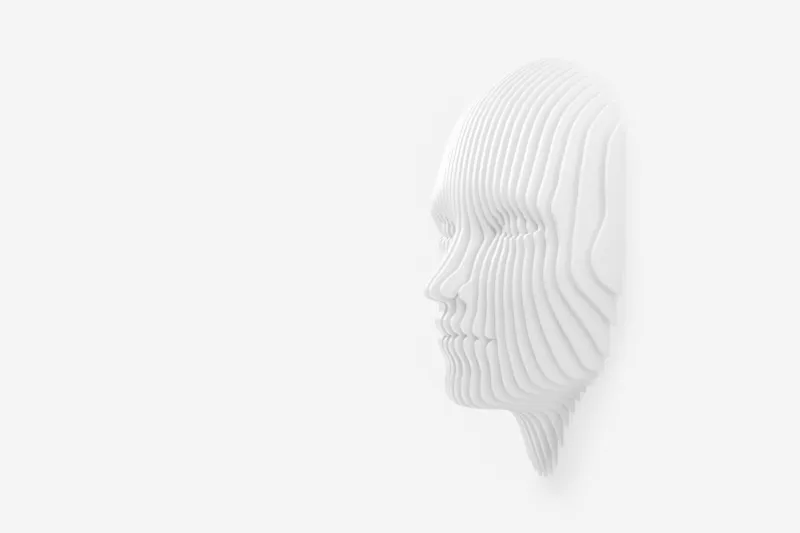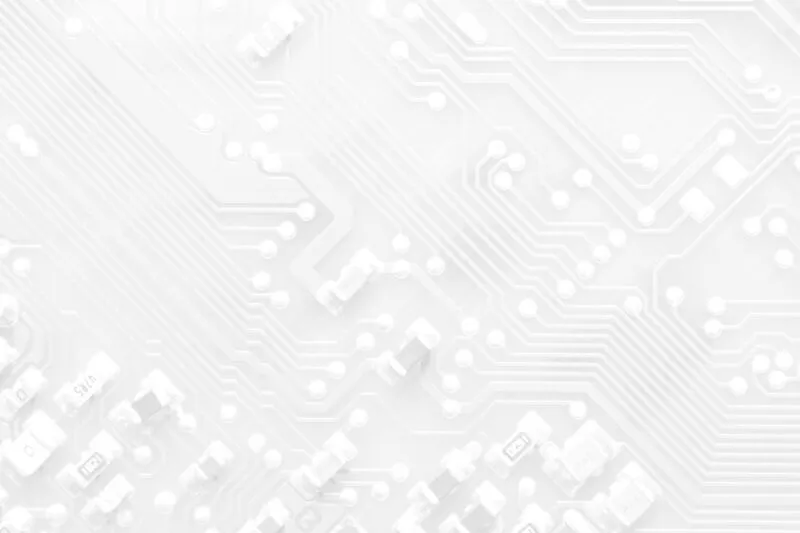Inventing with AI: Inventorship and protection for AI-assisted inventions
AI has long been a trusted companion in the discovery and development of new technologies. Its role as a research tool is well-established, with inventors continually finding new ways to utilise AI in assisting with the creation of innovative solutions. But can AI-assisted inventions secure patent protection?
The emergence of AI-assisted inventions has sparked intriguing questions about inventorship and patent protection in this space, which are crucial to consider for anyone using AI in the inventive process. Understanding these aspects is key to navigating the evolving landscape of AI in the patent space.
AI: An Inventive Tool
AI-assisted inventions are those developed with the help of AI, meaning inventors have leveraged AI in some form as a tool during an invention’s development.
During the inventive process, AI can usefully serve as a problem-solving tool by identifying particular information or patterns from vast amounts of data or guiding inventors towards fruitful areas of exploration. In some instances, AI can validate technical solutions to problems, evaluate the feasibility of proposed design solutions, or even generate output, such as computer code, that solves a technical problem.
Since AI is being used to assist with inventing, this has raised questions as to whether the human contributor is still doing enough in the inventive process to be formally listed as an inventor on a patent application. Consequently, this introduces uncertainty about whether patent applications can be filed at all for technologies developed using the assistance of AI.
Patent Protection for AI-Assisted Inventions
Fortunately, patent protection remains accessible for inventions even where AI has been utilised as a tool in the inventive process, provided there is at least one validly listed human inventor, and the invention meets other legal requirements for patentability under Australian law. Nevertheless, the extent to which AI has been used to assist in the development of new technologies introduces new considerations for listing human inventors on patent applications for AI-assisted inventions.
As AI algorithms and systems evolve and become more sophisticated, so does their role in the inventive process. While an AI system cannot be listed as an inventor, this doesn’t indicate the absence of an inventor entirely. When AI is used as a tool in research and development of new technologies, it is possible that the human leveraging the AI throughout the inventive process is the individual making material contributions to the invention and who may be validly listed as an inventor.
Global patent offices are currently trying to address inventorship questions arising in the AI landscape. The USPTO has recently issued guidance on listing inventors for AI-assisted inventions, which includes naming the natural persons who “significantly contributed” to the invention as the inventor. This guidance is drafted based on existing inventorship law in the US. Whilst IP Australia has not issued any such guidance to date, it is likely that following similarly established Australian legal precedents of inventorship is a sound strategy for approaching such issues.
It is well established in Australia that an AI system cannot be listed as an inventor on a patent application. Yet the criteria for inventorship remains unchanged, and includes identifying humans who have made a material or significant contribution to the invention, beyond merely assisting in the verification and reduction of the inventive concept into practice.
Despite the sophistication of AI tools, human involvement in their operation remains vital to their functionality. Even advanced AI systems require human intervention for their configuration and input data provision. Often ingenuity lies in the configuration of an AI system or in the parameters and inputs provided by a human contributor for the AI to assist with the inventive process.
Inventing with the assistance of AI does not preclude the filing of a patent application for any resultant invention. However, in light of the changing landscape of AI inventorship and the increasing contributions that AI is making to the inventive process, it is important to have a well-supported claim for any human inventor listed on a patent application when AI has assisted with development.
Considerations for attributing inventorship to humans
Inventorship attribution is likely to adapt to the rapidly changing AI-patent landscape in the future. Traditionally, human operators who utilise and supervise the AI within the inventive process are credited as inventors. This is primarily because these operators are responsible for setting the objectives and parameters, providing data inputs, and making decisions based on the AI system’s outputs. This typically leads to their responsibility for the inventive concept or making a material contribution to the invention.
However, it is important to carefully establish how the AI has been used in the inventive process when attributing inventorship to humans that have invented with AI assistance, to ensure that the human inventor is still making a material contribution to the invention. This can help support any claims of human inventorship where AI has been involved and reduce the risk of any challenges relating to entitlement and inventorship down the track.
The use of AI should be documented in inventorship records maintained by organisations and inventors throughout the inventive process. Such documentation can be instrumental in establishing claims to human inventorship. This may include logging:
- when the AI system was used to assist with inventing;
- who used or supervised the AI system during its use;
- how the AI system was used to assist with inventing (including specific details such as input data, parameters and prompts);
- details on the configurations of the AI system; and
- records of the outputs provided by the AI system, including anything which ends up as part of the invention.
AI plays an increasingly significant role in assisting humans with the invention process, and provides immense value as a tool in technological advancement. Despite complexities on inventorship when inventing with AI, a well-supported claim to human inventorship allows organisations and individuals to seek patent protection for their AI-assisted inventions.
Join us as we continue to explore AI related issues as they affect the world of IP in our ongoing AI series.



